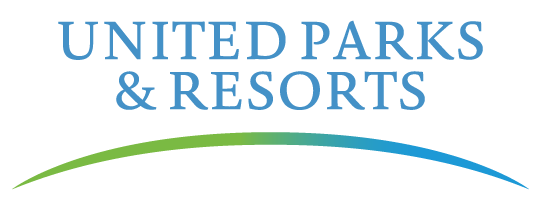With Threats On The Rise, Ocean Animals Need SeaWorld Now More Than Ever
by Jody Westberg
For more than 20 years, I have been on the front lines of animal rescue to help thousands of ill and injured marine animals along the coast of Southern California. But recently, amid threats brought on by climate change, plastic pollution and algal blooms, I’ve become more concerned about our oceans’ health and how declining conditions are taking a toll on marine life. Over the last decade, an increasing number of animals have been rescued strictly because of how human beings impact their natural habitats.
Rescue teams like ours – now more than ever – play a crucial role in sustaining ocean health. In fact, after 50 years of helping sick, injured and orphaned animals, we’ve surpassed 34,000 rescues. Not only are we a critical line of defense against immediate threats to animal welfare, but we are also on the front lines in noticing and acting on broader conservation trends. Our goal is to rescue, rehabilitate and return stranded animals back to the wild, though we also rescue entire species and ecosystems supporting them.
That's why we're working with the Marine Mammal Commission to track the threatened or endangered species we’ve rehabilitated and returned into the wild. By sharing our data, we’re improving the Marine Mammal Health Monitoring and Analysis Platform (M.A.P.), which plots rescue data to visualize and perceive larger ocean health trends over time – a first-ever undertaking of its kind.
In recent rescue cases, we’re seeing the impact of pollution. Ocean debris nearly led to the death of a green sea turtle we rescued that had been hooked by a fisherman. When we examined him in our Rescue Center, we found that he had ingested candy wrappers, aluminum foil and varying plastic bags, including an entire plastic jerky container. This turtle is still recovering at SeaWorld, though we hope to return him back to the wild. But will we return him to a healthy ecosystem, or will we see this critically endangered sea turtle stranded again, belly full of debris?
The sea turtle is just one of what the United Nations estimates to be hundreds of marine animals threatened by coastal runoff or debris like plastic bags, balloons and monofilament line. In fact, as much as 75 percent of that litter is plastic. Meanwhile, ocean animals are increasingly losing their food supply to overfishing and habitat loss.
While humans contribute to many risks that ocean animals face, they can also influence positive change in the future to protect them and their environments. For those along the West Coast, we’re seeing more and more people calling in animal injuries or strandings, enabling our team to respond quicker and more efficiently when we get tipped off early.
Helping more than 34,000 animal rescues over the past five decades is an incredible milestone, and I’m glad to play a role in these lifesaving efforts. However, it’s up to each of us to combat the causes of ocean degradation. Every ticket purchase to SeaWorld parks supports our rescue operations, which keeps us on the front lines of the latest conservation research, the Pacific coast and beyond.
While persistent environmental challenges remain, we are committed to working with our partners and the public to help make our oceans safer in the future.
Jody Westberg is the stranded animal coordinator for SeaWorld San Diego.
